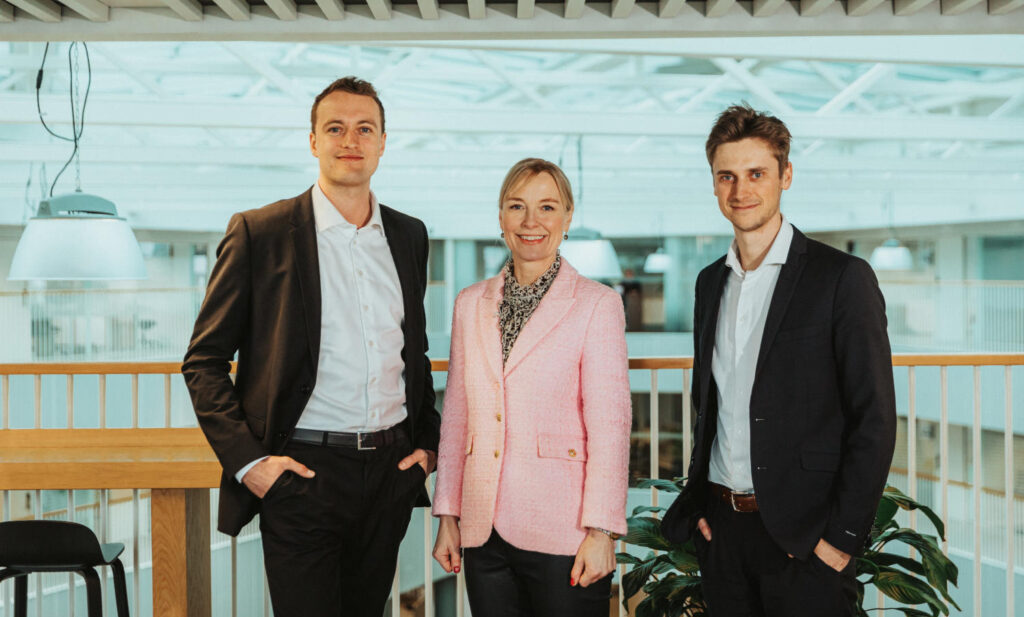Written by Max Kaos, Assistant Professor, Department of Sports Science and Clinical Biomechanics, University of Southern Denmark.
I am drenched in sweat. I just finished a gruelling virtual reality (VR) boxing session. My name is Max Kaos, an Assistant Professor at SDU.
Among a variety of skills, in my personal life, I have trained as a boxer for many years. Reflecting on the VR session, I think of training I have had inside and outside boxing gyms. When I was unable to make it to the gym, for many years I used home videos to maintain my training. These were good for honing techniques. But, VR brings something new to the table.
Instead of following the same humdrum movements of an onscreen trainer in home videos, I am motivated to actually box—to punch hard, to defend well, to mind my footwork, and to fight strategically—because much like real boxing, I want to win the match. It is engaging, and VR brings a new, immersive experience every time I use it.
While VR may never fully replace skills learned in a real gym (such as how to take a real punch), it can add value to an overall workout regimen that, before VR, did not exist outside training with real people.
That is the sort of experience I study in my professional life. I am a member of STIR (Sports Technology Innovation Researchers), a group committed to discovering how technology can be used to motivate people to move more.
Whether the purpose is for gaining health benefits in people’s daily lives, for providing more engaging ways to rehabilitate injuries and manage diseases, or for giving athletes new or different ways to train for better performance, we are committed to improving people’s lives.
More capable than we think
Two central ideas are prominent in the research I have conducted. The first is that people are more capable than we or they think they are. I worked with a team to develop exercise video games (or exergames) for children with cerebral palsy.
Guidelines suggested to keep game pace slow. However, we conducted a year-long study involving children with cerebral palsy in the decision-making process of developing action-based exergames. The games used a stationary exercise bike to control the movement of onscreen game characters, a computer that displayed the games, and a controller to perform actions.
We then conducted an eight-week study in the home. We discovered children could play the games and enjoyed them. We had essentially shown that these children were more capable than the guidelines thought they were. I believe this is true of most people.
What does social mean in VR?
The second idea I have studied in detail is that there are nuances when developing for social play. People are social creatures, but it is not obvious how to connect with one another when technology, such as VR, is involved.
For instance, I helped conduct a large-scale study with able-bodied children comparing playing a set of exergames alone or with others. We thought children in the multiplayer condition would play longer and more often. Instead, we found no statistical difference whatsoever. I tested several potential reasons for why this was the case and found, simply put, children in the multiplayer condition were not forming strong bonds with the other members. The games were networked, so they played apart from each other, and the children did not know each other beforehand. Thus, just including a way to play with others is not enough. Developing for social play is more nuanced than that.
Social VR, specifically, is an area that needs much further study. Until recently, we were unable to have multiple players at once in VR, and so not much has been studied in that area.
Now that we have capable hardware, designers need to pay close attention to nuances when developing social VR games. For example, there is something lost when you cannot smile and look into another person’s eyes as they tell a joke because they are wearing a headset. Given the importance of forming strong bonds, nuances like these need to be carefully considered. But, I am hopeful for the future; I believe, much like boxing in VR, the immersive nature of VR will bring us new, meaningful ways of engaging with others.










 Kære læser, du er meget velkommen til at dele vores artikler på sociale medier, linke eller referere til artikler eller content på TechSavvy.media. Men ønsker du helt eller delvist at kopiere indhold fra sitet må det kun ske efter aftale med vores redaktion på editorial@techsavvy.media.
Kære læser, du er meget velkommen til at dele vores artikler på sociale medier, linke eller referere til artikler eller content på TechSavvy.media. Men ønsker du helt eller delvist at kopiere indhold fra sitet må det kun ske efter aftale med vores redaktion på editorial@techsavvy.media.
 Kære læser, du er meget velkommen til at dele vores artikler på sociale medier, linke eller referere til artikler eller content på TechSavvy.media. Men ønsker du helt eller delvist at kopiere indhold fra sitet må det kun ske efter aftale med vores redaktion på editorial@techsavvy.media.
Kære læser, du er meget velkommen til at dele vores artikler på sociale medier, linke eller referere til artikler eller content på TechSavvy.media. Men ønsker du helt eller delvist at kopiere indhold fra sitet må det kun ske efter aftale med vores redaktion på editorial@techsavvy.media.